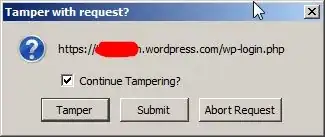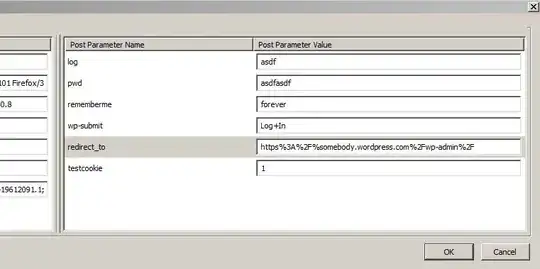I am doing pentesting for a web application, but I do not know if am using the Tamper Data add on on mozilla correctly.
Could anyone explain how to get the following parameters, and where do I need to look ?
When doing the login, I would need to get these things identified:
Postback page
Post Parameters
Failed attempt unique text
Regards.
I try to do the following.
From a web application
www.mysite.com/dologin.php
Then I get the pop-up window requesting the login credentials
I try two options
A) A succesfull login with the correct username and password
B) A failed login with a correct username but with a wrong password
Reagrds.
 Click Start Tamper
(then submit the form in your browser...)
Click Start Tamper
(then submit the form in your browser...)
 Click Tamper
Click Tamper There they are.
There they are.